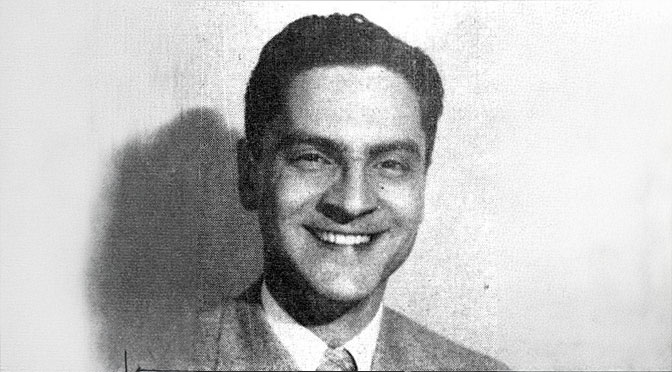In the 1960s, access to pornographic content increased significantly through magazines, films and books, which led to a broad public debate about the effects on morals and society. The then President Richard Nixon was under increasing social pressure to curb the spread of obscene materials and pornography, and therefore set up the Presidential Commission on Obscenity and Pornography.
1. Reasons for the creation of the Commission
The Commission was established in the context of growing culture wars in the US, which were strongly influenced by conservative moral beliefs. There were several factors that led Nixon to establish the Commission:
1.1 Political pressure and conservative movements
Nixon was under pressure from conservative groups concerned about the increasing availability of pornography and calling for stricter laws to regulate it. Religious and moral organizations, including evangelical Christians, urged the government to take action against the spread of obscene content, which they saw as a threat to American society and family values. Nixon wanted to satisfy this conservative constituency and consolidate his position as a champion of traditional values.
1.2 Concerns about the influence on youth
Another central argument for the establishment of the Commission was the concern that pornographic materials could have a negative influence on youth. It was feared that access to obscene content could morally corrupt young people and lead to anti-social behavior. Nixon and his supporters wanted to create a scientific basis to prove that pornography has a harmful effect on society, especially on young people.
1.3 Social change and the sexual revolution
The 1960s were a time of social change, characterized, among other things, by the sexual revolution. Traditional moral values were increasingly being questioned, and liberal positions on sexuality were gaining ground. Nixon and his administration saw the commission as a means of addressing the growing public concern about these changes and possibly taking action against the developments that were perceived as problematic.
2. Expectations and Nixon’s Position
Although Nixon created the Commission, his expectations were clear: He hoped that the Commission would conclude that pornography has serious harmful effects on society. Nixon and many of his supporters assumed that the report would lead to stricter laws and stronger enforcement of obscenity rules.
3. Results and Reactions
The results of the commission, published in 1970, were surprisingly liberal. The commission concluded that there was no evidence of the harmful effects of pornography on society. Rather, it recommended liberalizing laws and decriminalizing the possession and consumption of adult pornography.
Nixon was deeply unhappy with these findings and strongly rejected them. He publicly stated that he did not recognize the report and that he would continue to take strict action against the spread of pornography. Despite the scientific research and the liberal conclusions of the commission, Nixon’s conservative agenda prevailed, and tougher legal measures against obscene content followed in the next few years.
4. Continuing the fight by other means: The publisher William Hamling
Hamling was the founder of Greenleaf Classics, a publishing house specializing in erotic literature. During the 1960s and 1970s, he published numerous works that many considered to be “shoddy” or obscene. However, Hamling believed that erotic literature was a legitimate part of free expression and that government censorship had no moral authority to suppress it.
4.1 Publication of the report
After the publication of the commission report in 1970, Hamling decided to launch an annotated and satirically illustrated version of the report. With his publication, Hamling deliberately wanted to provoke and show the double standards of censorship. The publication of his version of the commission report led to a significant legal case that shaped the debate on the limits of freedom of expression and how pornography and obscenity should be dealt with in the public sphere. Hamling’s aim was to highlight the irony that a report on pornography was not itself censored, while comparable content appearing in a different context was criminalized. The images in this issue were explicitly pornographic, which the government saw as a challenge and deliberate provocation.
4.2 Indictment and conviction
In 1974, Hamling was charged with distribution of obscene material under federal law because of this publication, in particular due to the decision of the Supreme Court in the case Miller v. California (1973), which tightened the criteria for obscenity. The case led to the introduction of the so-called Miller test, which is intended to determine whether a work is obscene according to contemporary community standards and has no serious literary, artistic, political or scientific value.
Hamling and his production manager were convicted. The sentence was a fine of $78,000 and four years in prison for Hamling. Ultimately, however, he did not serve the full prison sentence, as it was later reduced to probation.
Nixon set up the Presidential Commission on Obscenity and Pornography largely in response to societal pressure from conservative and religious groups, and to find scholarly evidence to support a restrictive stance on pornography. The commission’s composition included a mix of experts and moral voices, but its liberal conclusions ran counter to Nixon’s goals. This led to Nixon rejecting the recommendations and continuing to fight pornography, contributing to the tightening of obscenity laws in the years that followed.

